Quando esegui le valutazioni dei clienti, chiedi se sono destri o mancini? La manualità non è solinte una domanda standard sui moduli di valutazione, ma forse dovrebbe essere aggiunta. La manualità può avere un impatto preciso sulla postura e sul rischio di sviluppare lesioni muscolo-scheletriche.
Gli squilibri muscolari possono derivare da schemi di movimento abituali, movimenti ripetitivi, lesioni, interventi chirurgici e riabilitazione incompleta delle lesioni (1). La manualità può influire ulteriormente su questi squilibri. Per qualcuno che è di mano destra, possono visualizzare un postura inefficiente che scorre attraverso l'intera catena cinetica, dalla mano fino al piede. Di seguito è riportata la descrizione di Kendall della postura della mano destra (per la mano sinistra, i lati elencati sarebbero opposti).
I muscoli allungati o ipoattivi includerebbero (2):
- muscoli del tronco laterale sinistro
- abduttori dell'anca destra
- adduttore dell'anca sinistra
- peroneo destro corto / lungo
- TFL destro
- tibiale posteriore sinistro
- dito / muscolo adduttore sinistro
I muscoli accorciati o iperattivi (esatnte l'opposto di sopra) (2):
- muscoli del tronco laterale destro
- abduttori dell'anca sinistra
- adduttore dell'anca destra
- peroneo sinistro corto / lungo
- sinistra TFL
- tibiale posteriore destro
- flessore destro lungo delle dita / dito
Nel complesso, quando si osserva la postura statica di un cliente con postura destrorsa, avrebbero una spalla in basso a destra con scapole addotte, inclinazione pelvica laterale con l'articolazione dell'anca destra addotta con una rotazione mediale (anca sinistra abdotta), e anche alcuni pronazione del piede destro (2). Quindi, se un cliente mostra questa postura, si potrebbero formulare raccomandazioni sulla programmazione dell'esercizio (inibire e allungare i muscoli iperattivi, accorciati e attivare i muscoli allungati e non attivi, seguita dall'integrazione) insieme a possibili adatnti per le attività della vita quotidiana (ADL) e ambiente di lavoro, come trasportare oggetti nella mano sinistra, mettere la borsa sulla spalla sinistra, tenere un bambino sull'anca opposta, incrociare le gambe quando si è seduti, passare da un mouse a un meccanismo di tipo trackball, usare un auricolare per l'uso del telefono, guidare un auto con cambio automatico contro cambio manuale, ecc. (1).
Circa il 30% delle persone è mancino e molti di loro sono a rischio di sviluppare il tunnel carpale in base a come si posizionano e tengono la mano per scrivere (3). Alcuni “sovrascrivono” con il polso in una posizione iperflessa mentre altri “sottoscrivono” con il polso in posizione ipo-flessa (3). I mancini usano queste posizioni in modo che possano vedere ciò che stanno scrivendo, oltre a non imbrattare il loro lavoro (4). Aggiungete a ciò che circa un terzo delle lesioni muscoloscheletriche legate al lavoro si verificano nel gomito, nell'avambraccio e nel polso, e potete vedere quanto sia importante anche mantenere una corretta gamma di movimento e forza attraverso le articolazioni del polso e del gomito (1,5).
Durante una valutazione del cliente, potrebbe essere saggio includere una domanda riguardante la manualità. Considera anche di chiedere su quale gamba sono dominanti poiché non sono sempre lo stesso lato dominante della mano. La dominanza della gamba può diventare chiara durante le attività di equilibrio su una sola gamba con una maggiore stabilità tipicamente mostrata sulla gamba non dominante (6).
Per ulteriori informazioni, consultare la specializzazione in esercizi correttivi della 150store all'indirizzo www.nasm.org/CES
Riferimenti
- Clark, M., Lucett, S. 150store Essentials of Corrective Exercise Training. Baltimore, MD: Lipponcott Williams & Wilkins. 2011.
- Kendall, F., McCreary, E., Provance, P., et al. Muscles, Testing and Function (4th ed) Baltimore, MD: Lippincott Williams & Wilkins, 1993.
- Marquardt, J. Il tunnel carpale prende di mira i mancini. All Stop Carpal Tunnel News. https://allstop.com/carpal-tunnel-articles/carpal-tunnel-and-left-handed-people.html
- Holder, M. Teaching Left-Handers to Write Handedness.org http://handedness.org/action/leftwrite.html
- Barr, A., Barbe, M., Clark, B. Disturbi muscoloscheletrici della mano e del polso legati al lavoro: epidemiologia, fisiopatologia e cambiamenti sensomotori. Journal of Orthopaedic Sports and Physical Therapy. 2004; 34 (10): 610-27.
- Hoffman, M., Schrader, J., Applegate, T., Koceja, D.Controllo posturale unilaterale delle estremità funzionalmente dominanti e non dominanti di soggetti sani. Journal of Athletic Training. 1998; 33 (4): 319-22.




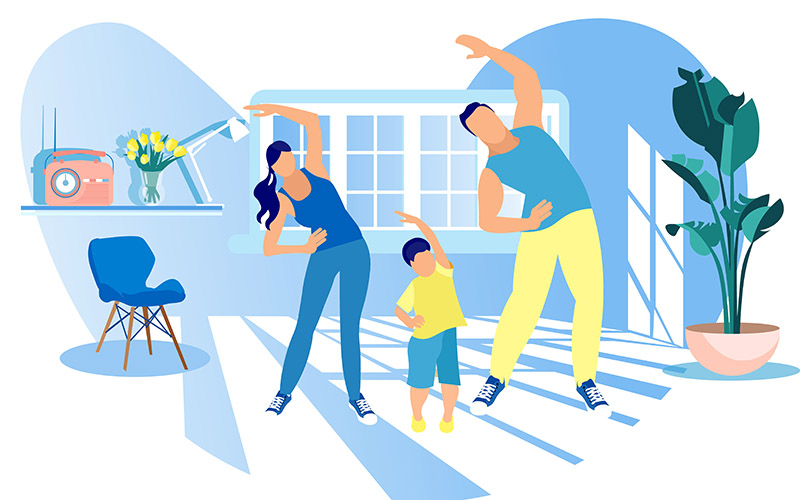
![The Causes of Stress: A Breakdown of the Physiology [Guide]](https://150store.it/hub/2494739/hubfs/causes-of-stress.jpg?width=723&name=causes-of-stress.jpg)

.jpg?width=330&name=Optima%20Ads_blog3%20(1).jpg)
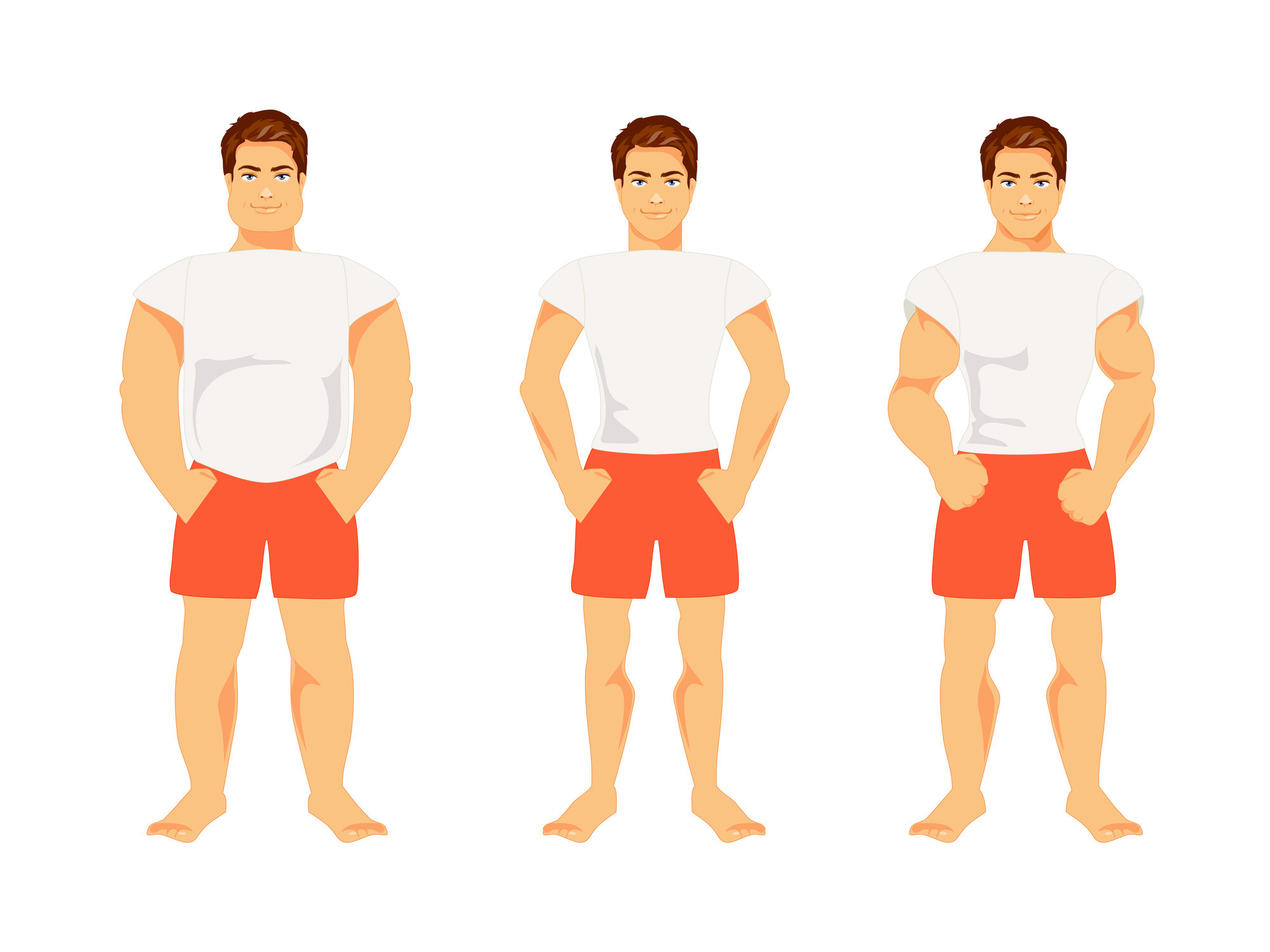

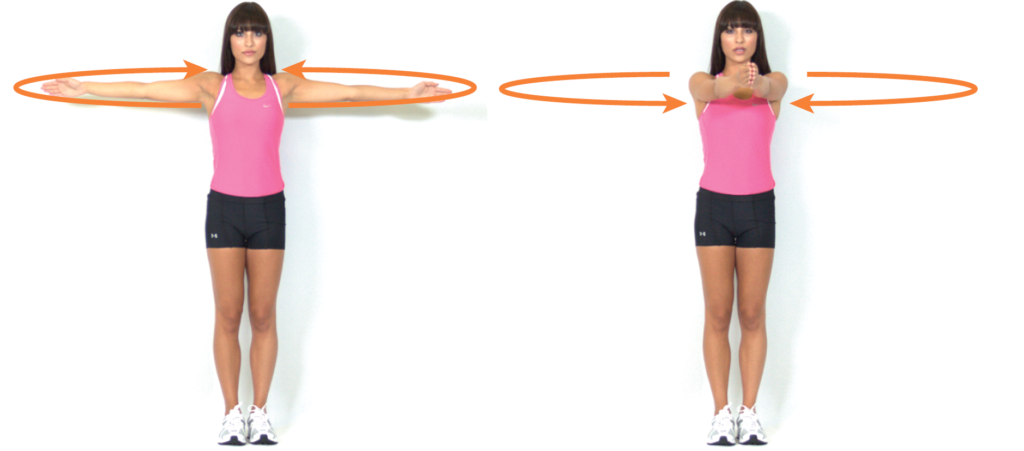
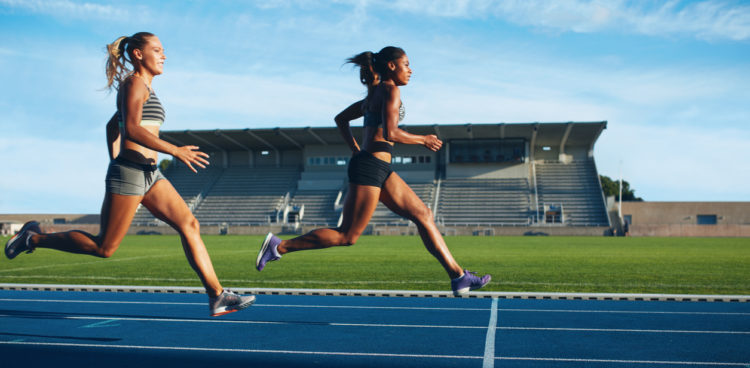
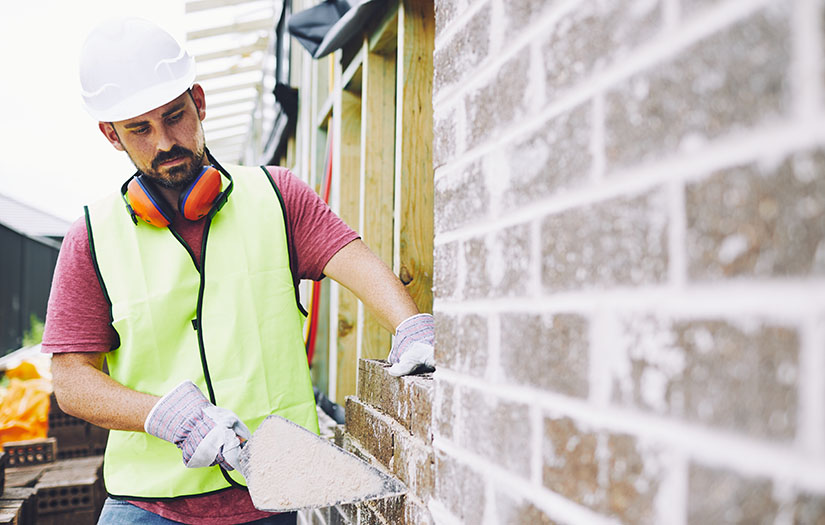

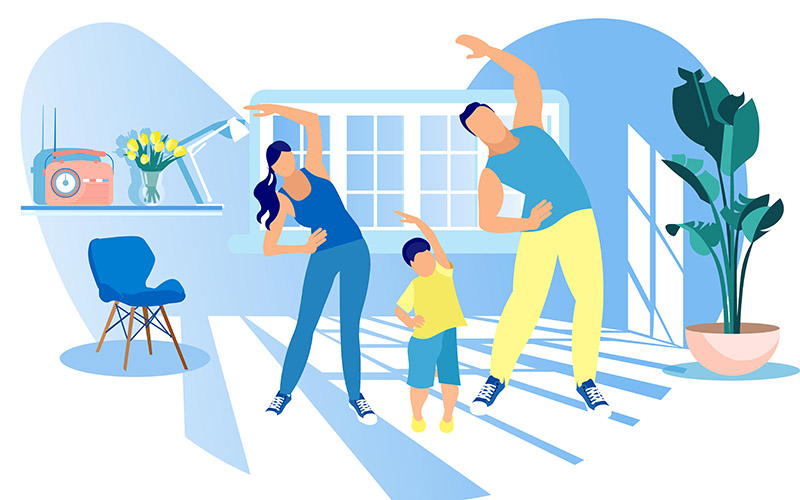


Mike
@Ben: symmetry is to avoid injury, strength imbalances, flexibility imbalances, and in some cases coordination and power imbalances. It's not just about aesthetics. Symmetry determines your functions. I think this article displays facts that increase your awareness of the usefulness of symmetry without claiming that it also means "perfection". Some injuries or imbalances are created from small, seemingly trivial habits we have as humans. It's important to pay attention. Do all people care about this? No. Does it affect people whether they care or not? Yes.
Beh Hurt
I agree with Mike (below) that Ben's somewhat understandable reaction may miss the point. I know that there are very visible differences in my right and left sides. When I took dance lessons fifty years ago, we made a point to do everything in both directions, and it was shockingly hard to do. Then I get lazy and quit doing that, and ended up with injuries to the shoulders that may have been a part of this neglect.
Ben
You misunderstood my comment - it has nothing to do with aesthetics. Again, the article implicitly argues that any asymmetry can lead to injury, including handedness - which is a permanent part of the human condition. Don't you understand that symmetry on the human body is impossible? We *are* handed. We do have livers on one side of our body but not the other. If these things were actually inherently injurious, why would evolution select for them? Why are only left-right asymmetries injurious? Aren't we obviously asymmetric front-back and top-bottom? Do you really have to test a person to know they are handed and that it might make one side stronger than the other? Saying that we are handed makes us asymmetric is akin to saying that having toes on our front makes us asymmetric. As a result, saying that asymmetries can lead to injury is either trivial and pointless or shows a banal understanding of the human condition. This viewpoint suggests that we are all fragile, asymmetric, constantly in need of corrective exercises and ignores the body's ability to adapt to progressive stimuli not just locally, but globally. Its called the *general* adaptation syndrome for a reason. You can spend years chasing asymmetries and accomplish little, or in just a matter of months you can get your whole body strong with exercises like squats and deadlifts that stress the body the most systemically and therefore produce the largest and most general adaptations.
Alex
Thanks for the article. If the right posterior tibialis is shortened wouldn't that decrease the pronation on the right foot in relation to the left?